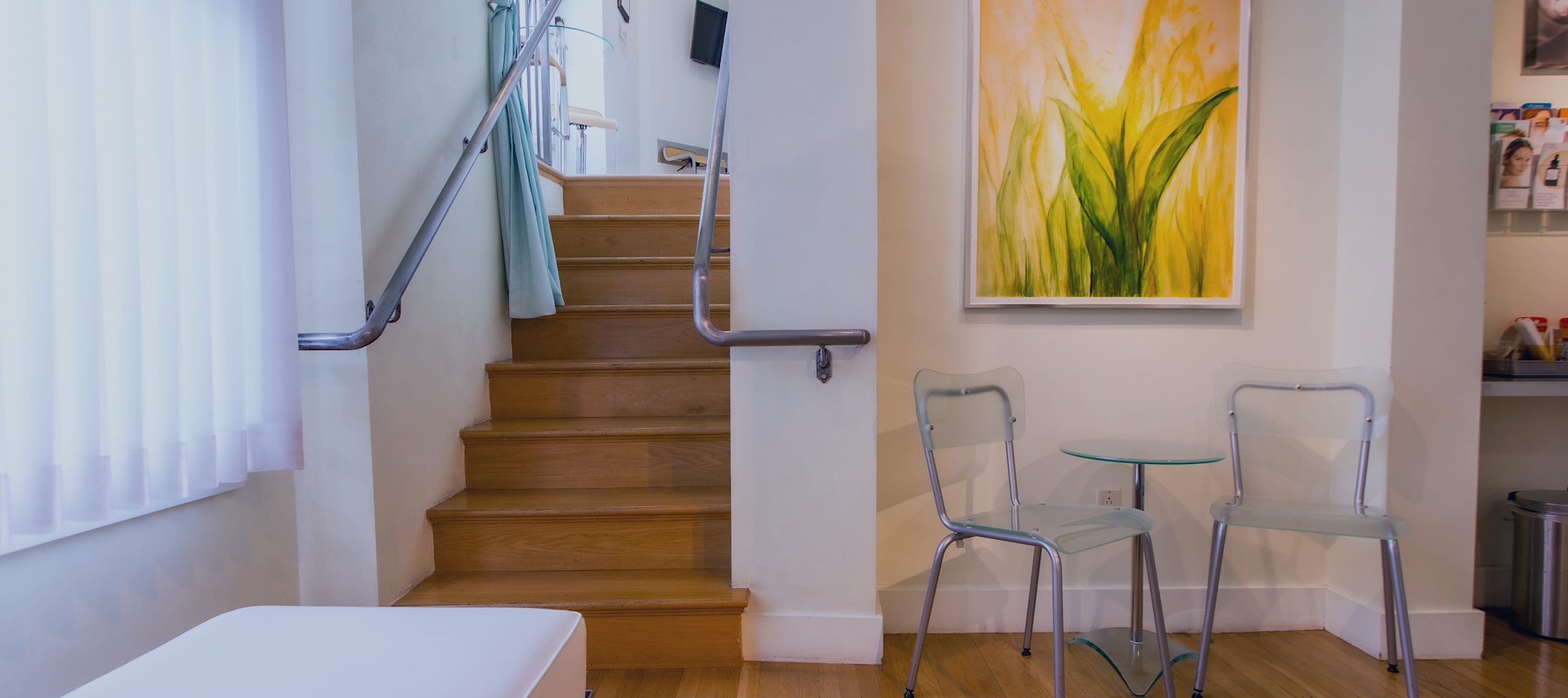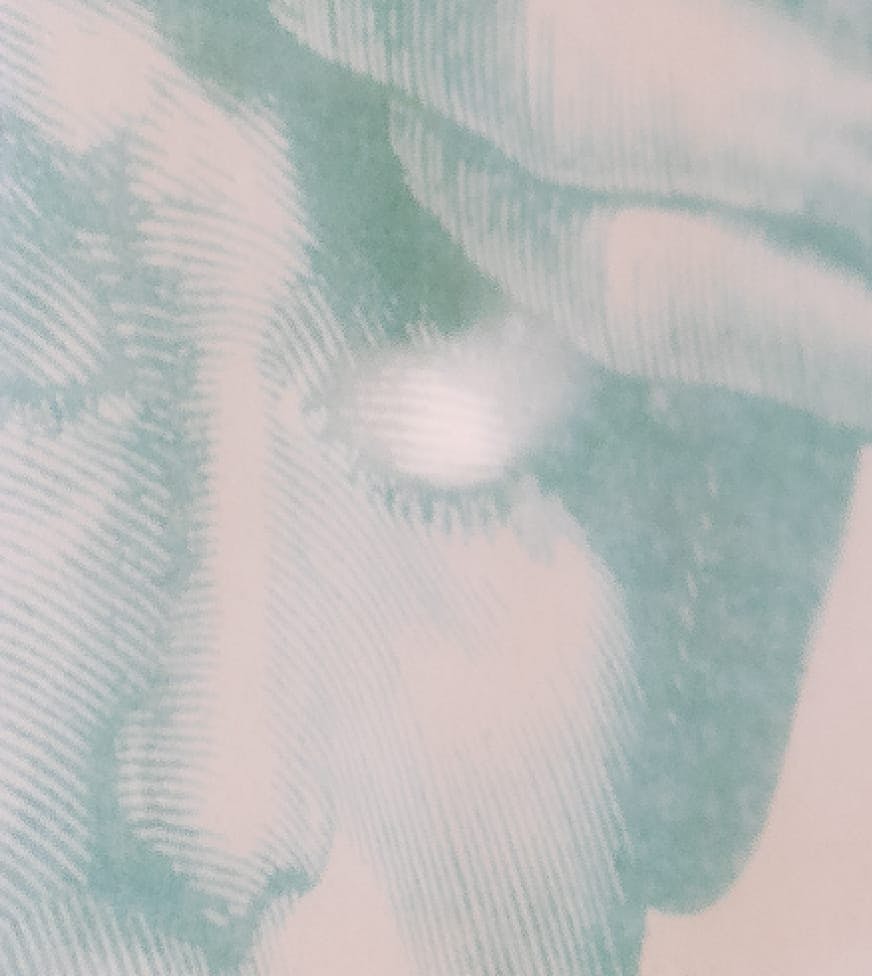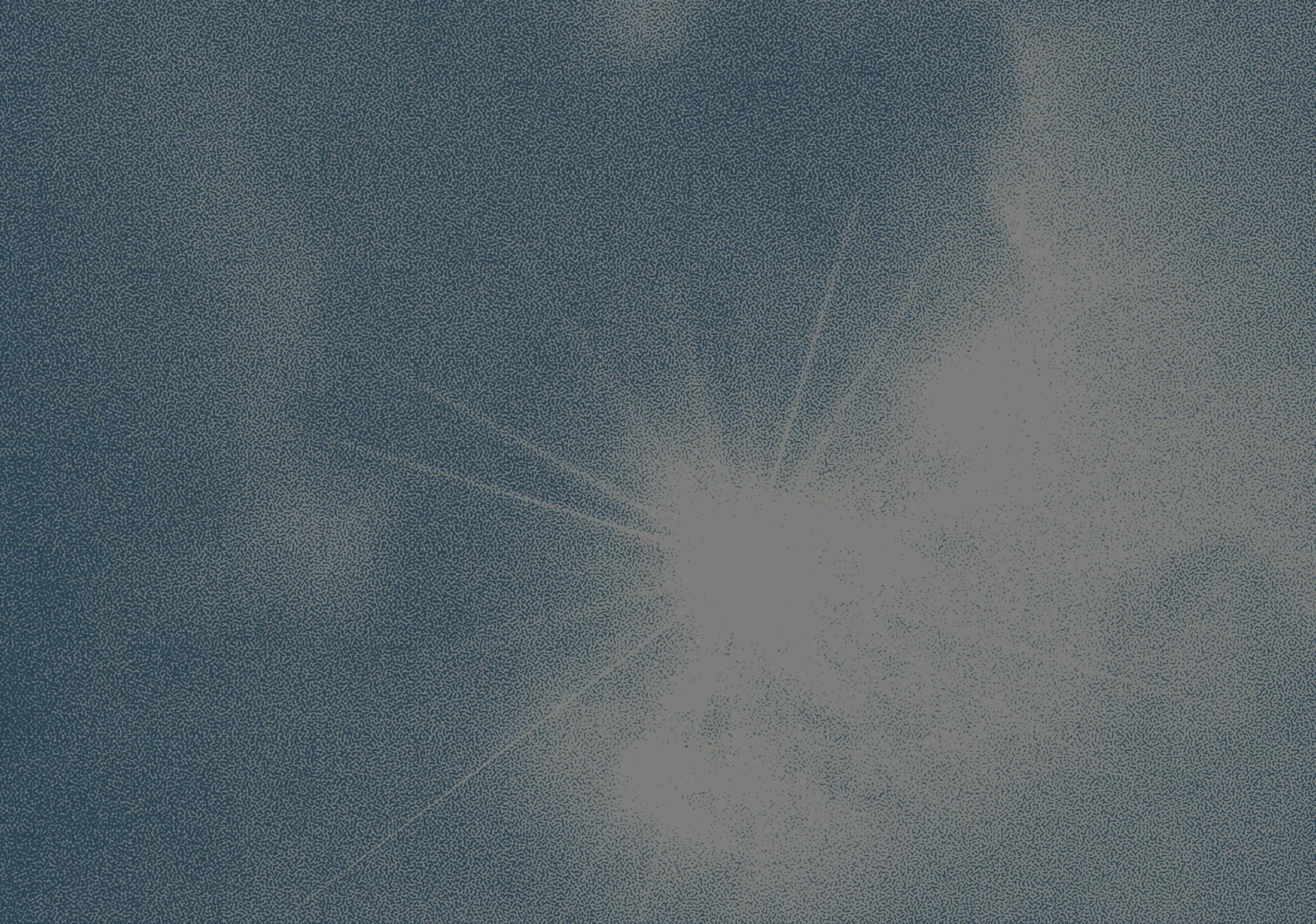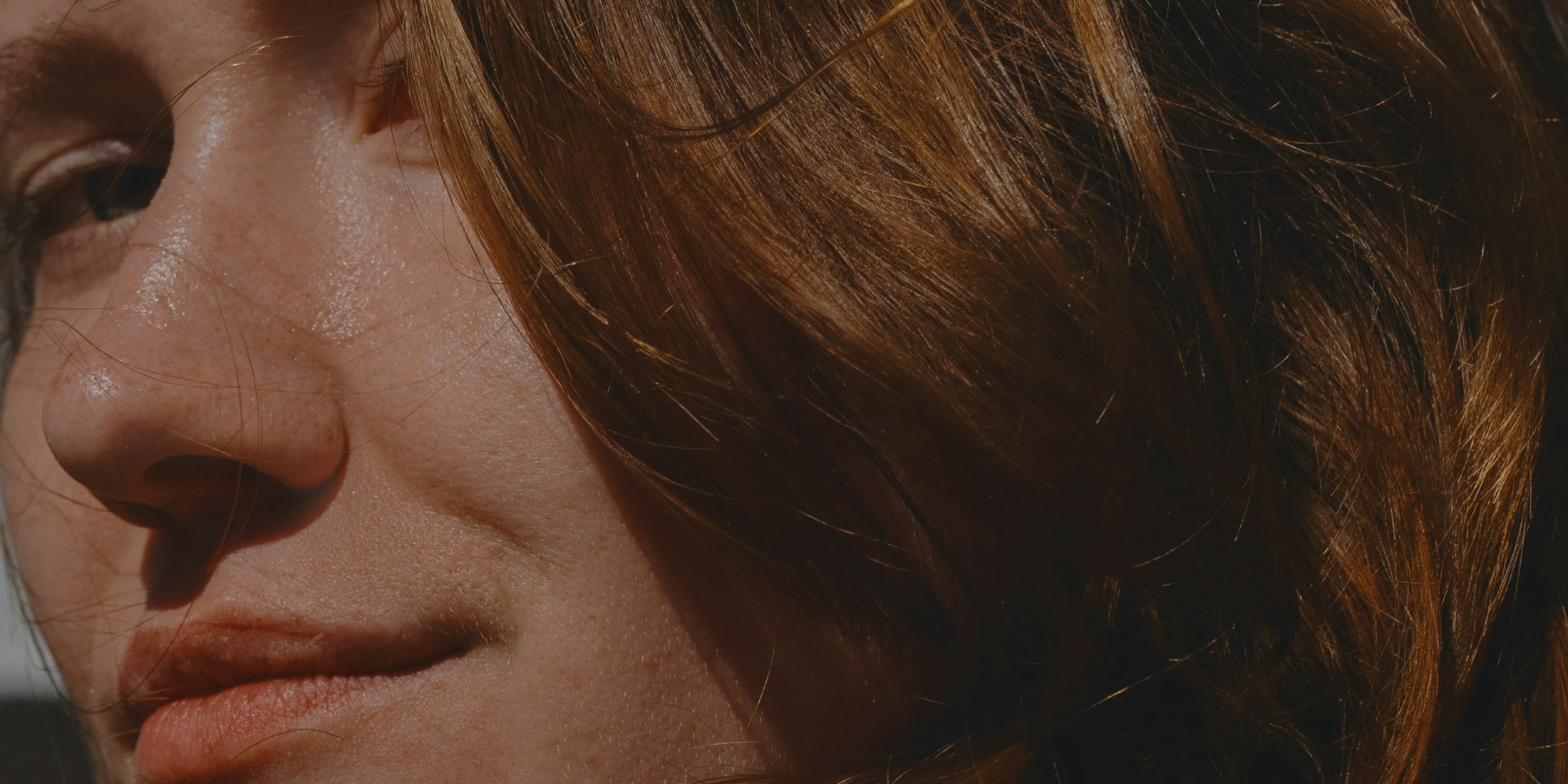The nose is a delicate and detailed body part; nose surgery, or rhinoplasty, requires expert knowledge of its shape and functions. Even with this knowledge, predicting how a single person's body will respond to rhinoplasty can be challenging.
Everyone heals differently, and the nose takes up to two years to fully settle into its new shape after surgery. This combination of factors makes it common for rhinoplasty clients to realize that their initial results must be revised after recovery. You may want a revision rhinoplasty for a few different reasons. If your original rhinoplasty did not achieve what you hoped for, you should seek a revision nose job to perfect your results.
In some cases, revision nose surgery is right for correcting a cosmetic issue that either wasn't adequately addressed in the first surgery or was created during the initial procedure while trying to treat other concerns. Other clients may seek revision rhinoplasty because the changes during the first procedure affected the nose's function, making breathing more difficult or creating further complications.
If you've had rhinoplasty and aren't satisfied with your results, it's time for revision rhinoplasty. Located in the Bay Area, The Maas Clinic™ can expertly reconstruct your nose into something more aesthetically pleasing and functional. If you're interested in scheduling a revision rhinoplasty consultation with Dr. Corey Maas, please contact us at (415) 567-7000 or visit our contact page.










